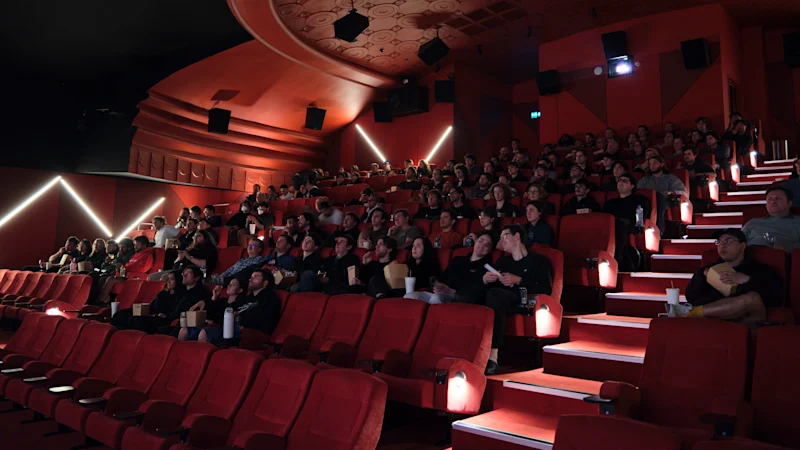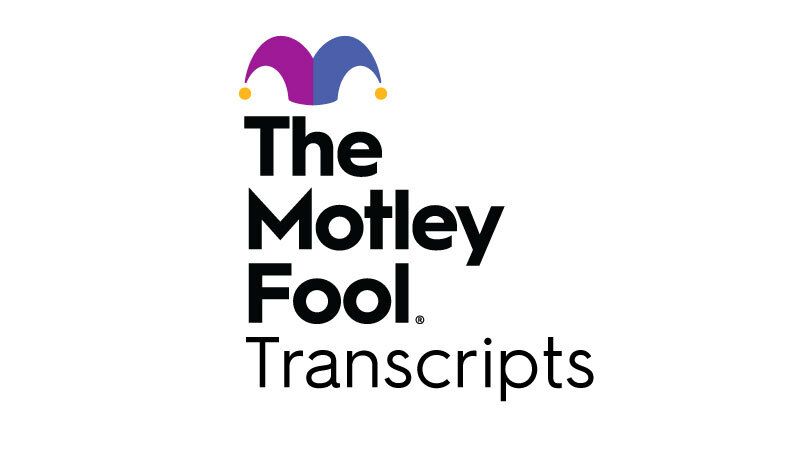Copyright theage

“Those are the Steven Bradburys of the -cinema world,” says Paul Brennan, resident film historian for The Society of Australian Cinema Pioneers (referring to the Australian Olympic speed skater who won gold in 2002 after all his competitors crashed). “So many have closed.” It’s only those independent cinemas with wealthy owners – or with owners who have inherited their theatres – that have been able to survive, says Brennan. Sydney’s 1935 Orpheum, for example, was bought in 1986 by former TV and radio host Mike Walsh, restored for $2.5 million and reopened as the Hayden Orpheum Cremorne. “But now they’re doing well,” he adds. “People love the concierge style of being greeted at the door by a person in a coat, and the lampshades, light fittings, lounge chairs, hotel-type foyers and how stylishly restored the cinemas are. They don’t run violent films with everyone being stabbed, and they’re safe and sophisticated and really appeal to women. People want to go out rather than stay home, and they don’t want to go to a shopping centre. They want to be in a beautiful venue run by adults.” Many of the old picture palaces are certainly stunning, including, in Sydney, the Roseville Cinema, the 1937 Randwick Ritz, the Hayden Cremorne Orpheum and the 1940 Golden Age Cinema in Surry Hills. Melbourne has, among its top picks, the 1911 Classic in Elsternwick, the 1912 Lido in Hawthorn, the 1935 Cameo in Belgrave, 1936’s The Astor in St Kilda and the 1938 Sun Theatre in Yarraville. As well as their big successes with films like Barbie, Oppenheimer, the James Bond, Avatar and Top Gun franchises, The Dry and Downton Abbey, they routinely program retrospectives which always do well, especially since they’re now being run with the latest technology in sound and vision. A showing of the 1990 crime thriller Goodfellas at the Randwick Ritz recently had an audience of 600. A screening at the Orpheum of the 1962 epic Lawrence of Arabia attracted a crowd of 500. In Melbourne, the Lido was packed out with more than 200 watching 1995’s Heat. Brett Rosengarten, CEO of Independent Cinemas Australia, feels the business is bouncing back, with more films in the mix, especially now that Amazon MGM Studios has committed to greater production. He hopes this will close the gap left by the Disney take-over of the Fox Entertainment Group – Disney significantly reduced Fox’s film output since the 2019 acquisition to focus on streaming, cut costs and reduce brand confusion. “Overall, the cinema business is getting healthier and healthier as every month goes by,” says Rosengarten. “Like in any business, those people who reinvest in their assets – like their cinemas – reap the rewards, and so many of those old picture houses are -absolutely beautiful and are still doing good business. I’m excited about the future, with the box office now up 3 per cent [in Australia] on last year.” Yet however well those historic cinemas regain old business, they’ll never again reach the heady heights of the 1920s and 1930s. Back then, the cost of a weekly movie ticket for a family of four was considered so -important that it was factored into the minimum wage. At one point, the size of cinema audiences eclipsed church congregations, sparking lively debates about the pernicious impact of film.



